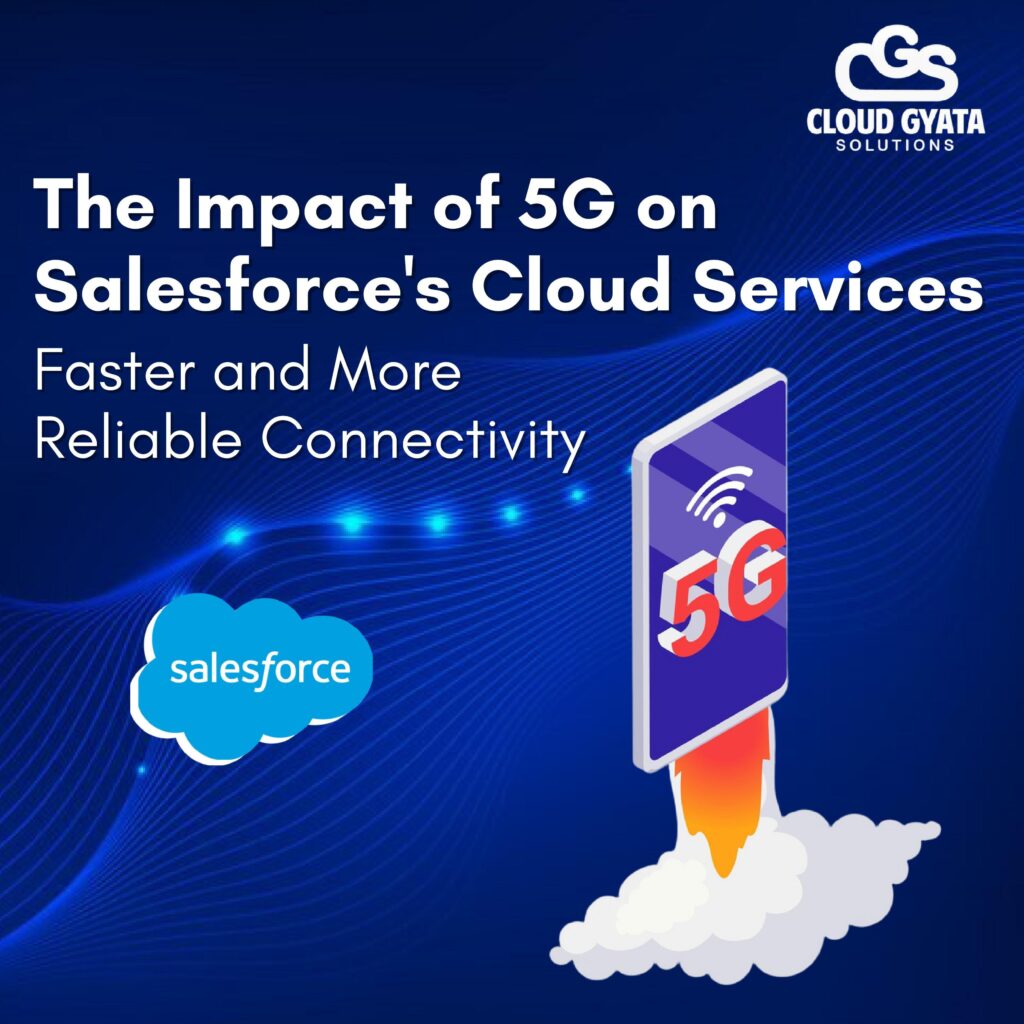The approach of Salesforce undergoes transformation through the delivery of 5G technology which achieves greater speed along with higher reliability in connections. With 5G technology businesses can perform high-speed data transfers while using AI capabilities while connecting to IoT devices for instant engagement. Multiple obstacles such as elevated costs together with security threats and sparse infrastructure remain part of the 5G picture. The implementation of a stepwise infrastructure upgrade along with secure network architecture coupled with edge computing serves as solutions to address these challenges. Multiple business areas including retail along with finance and field service demonstrate current advancements from this technology. This blog defines how 5G transforms Salesforce as well as demonstrates best practices for business implementation.
1. Hardware Bottlenecks
5G demands advanced hardware capable of handling its high speeds and low latency. Outdated or incompatible devices can become bottlenecks, hindering performance and undermining efficiency.
Example: A Salesforce Service Cloud deployment in a manufacturing unit may fail to optimize IoT-driven workflows if sensors or devices are not 5G-compatible, leading to delayed insights.
Solution: Organizations must invest in future-proof hardware optimized for 5G operations, ensuring seamless compatibility with Salesforce’s cloud services.
2. Higher Operational Costs
The cost of deploying and operating 5G can initially strain budgets. Infrastructure upgrades, licensing fees, and maintenance charges may escalate operational expenses.
Example: A retail business using Salesforce Commerce Cloud may face increased costs for implementing 5G to enhance customer experiences through AR shopping features.
Solution: Businesses should view 5G as a long-term investment, capitalizing on scalable solutions and anticipating eventual cost reductions as 5G becomes mainstream.
3. Rapid Data Collection Rates
5G’s speed leads to exponential data generation, overwhelming servers and increasing storage demands. Without optimized systems, data overflow can become unmanageable.
Example: A Salesforce IoT Cloud application monitoring equipment in a smart factory might generate terabytes of data daily, risking server overload.
Solution: Adopting optimized, secure, and scalable storage solutions ensures efficient data management. Leveraging Salesforce’s cloud infrastructure and data compression techniques can mitigate these challenges.
4. Security Concerns
With 5G expanding connectivity, the attack surface for cyber threats increases. Ensuring secure API integrations and safeguarding sensitive data is paramount.
Example: A Salesforce Marketing Cloud setup using 5G-enabled IoT devices in a stadium could become a target for hackers if APIs lack robust security.
Solution: Secure APIs and advanced encryption methods must be implemented. Salesforce’s Shield Platform Encryption offers an additional layer of security for sensitive data.
5. Complex Ecosystem Integration
5G’s transformative potential relies on seamless integration with IoT, AI, and AR technologies. Ensuring compatibility within Salesforce’s ecosystem can be complex.
Example: Integrating Salesforce Einstein with 5G-enabled AR applications for immersive customer experiences in retail might require significant customization.
Solution: Collaboration with trusted developer ecosystems ensures smooth integration and innovation. Salesforce’s platform APIs and extensive partner networks can accelerate these initiatives.
Real-World Use Cases
- Project Shark-Eye: Utilizing Salesforce’s Einstein Vision and 5G-enabled drones, shark sightings are processed at local cell towers and shared with lifeguards in real-time, showcasing the speed and efficiency of 5G-powered data processing.
- IoT and Manufacturing: Coupling Salesforce IoT Cloud with 5G allows manufacturers to monitor equipment performance with unmatched precision, preventing downtime through predictive maintenance.
- Augmented Reality in Retail: Retailers using Salesforce Commerce Cloud and 5G can offer customers lifelike AR experiences, revolutionizing online shopping.
The integration of 5G with Salesforce’s cloud services is a game-changer, offering transformative possibilities across industries. While challenges such as hardware bottlenecks and data overload exist, adopting future-proof solutions ensures businesses reap the full benefits of 5G. By investing in secure, scalable, and innovative systems, organizations can leverage 5G to drive growth and efficiency.
Frequently Asked Questions-
Q1. How does 5G improve Salesforce’s real-time capabilities?
5G reduces latency and enhances data speeds, enabling real-time insights and seamless experiences within
Salesforce applications like IoT Cloud and Service Cloud.
Q2. Is 5G integration with Salesforce costly?
Initial costs can be high due to infrastructure and hardware upgrades, but they’re expected to decrease as 5G
adoption becomes widespread.
Q3. What industries benefit most from 5G-enhanced Salesforce services?
Industries like manufacturing, retail, healthcare, and logistics see the most benefit from 5G-powered Salesforce
solutions due to improved IoT, AR, and AI capabilities.
Q4. How can businesses ensure secure 5G-Salesforce integrations?
Implementing robust API strategies, leveraging Salesforce’s Shield Platform Encryption, and adopting trusted
developer ecosystems are essential for secure integrations.
Q5. What is network slicing, and how does it relate to Salesforce?
Network slicing enables CSPs to dedicate specific 5G “slices” to meet unique customer requirements. For
Salesforce, this could mean tailored connectivity for different applications, enhancing efficiency and security.




